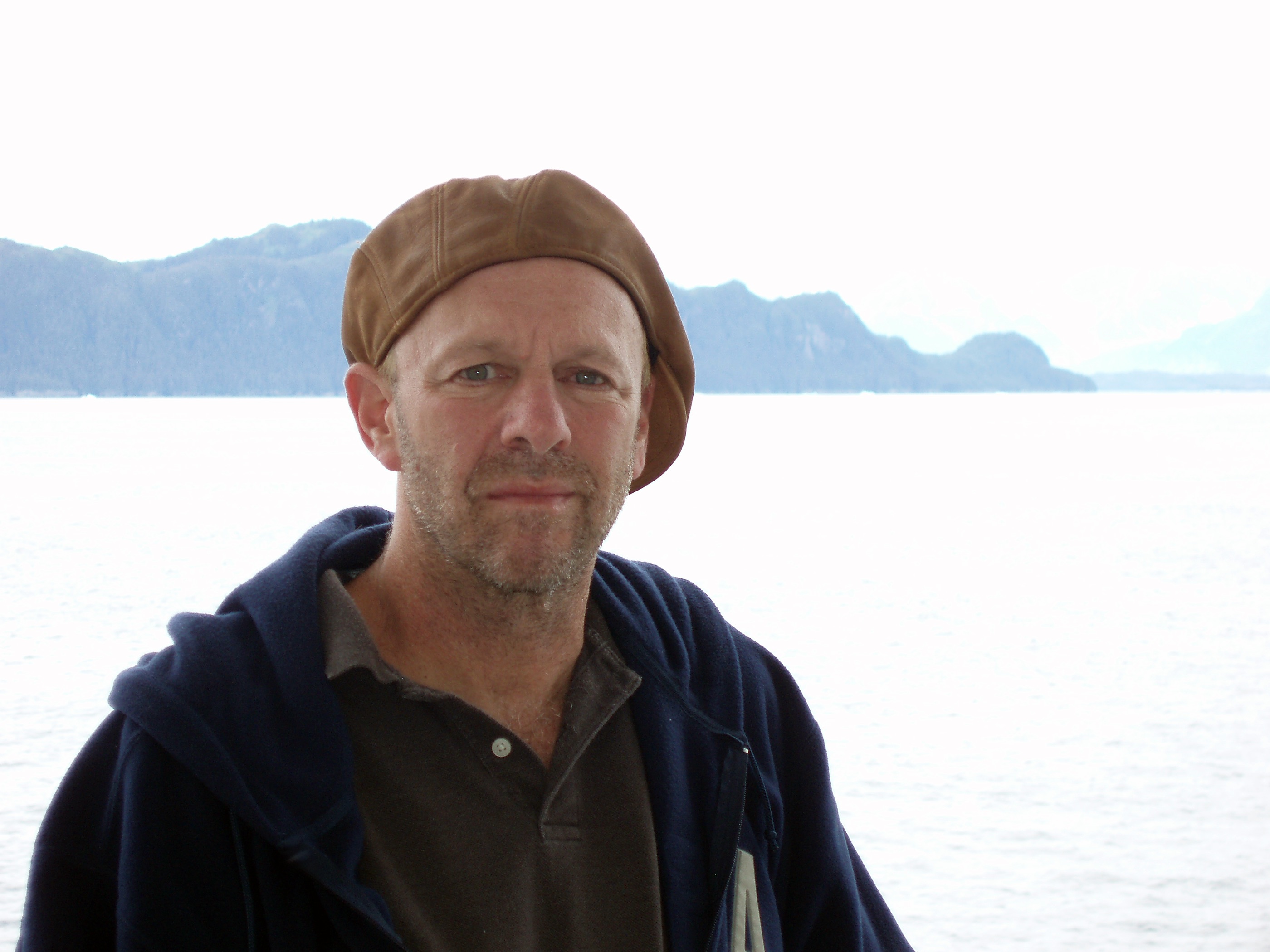立方体
Cube
1996
坚固,简洁,充满内在流动性的几何结构,光,空气,建筑观感……所有这些都成为艺术家Steven Weinberg创作《立方体》系列作品的重要元素。作为Weinberg《立方体》十年创作历程的代表作,这件作品以立方体的几何形式融合对光线、正负形以及玻璃可塑性和不可测性的运用。每件《立方体》在建筑结构、阴影、光线反射和折射方面等细节都不尽相同,尽管大多数都涉及内部设计,但这件作品更多地以色彩元素来强化内部结构和韵律。色彩在这件作品中的运用同时也标志了Weinberg艺术创作向繁复新巧的转变:利用色彩造成的视觉对比强化内部结构并增加视觉层次,以此吸引观者。
Strong, simple, geometric form filled with inner fluidity, light, air and architectural references are the elements that mark Weinberg’s approach to his series of work called, The Cubes. This piece represents an important marker in Weinberg’s 10-year exploration of the cube. Here, the artist uses the geometry of the cube to contain his play of light, positive and negative shape, and the fluid and sometimes-unpredictable movement of glass. Although most of the pieces in this series have interiors that differ in their defining architectural shapes, veiling, and light reflection and refraction, this piece adds the element of color to enhance interior form and movement. The introduction of color into the cube marks Weinberg’s shift toward greater complexity. The artist uses the visual contrast created by color to enhance form and add one more visual layer to fascinate and entice the viewer.
艺术家简介 About The Artist

Steven Weinberg
USA/美国
*1954
https://weinbergglass.com
Steven Weinberg是新一代玻璃艺术工作室艺术家的代表。在七十年代初期,Weinberg在Alfred学习陶瓷艺术,但是他很快转换到了玻璃艺术,师从玻璃工作室艺术家先锋AndreBilleci和从英国的皇家艺术学院毕业的苏格兰艺术家EricHilton。1979年Weinberg正式毕业,并开始筹建自己的工作室,独立设计和打造工作室的所有设备,这在七十年代的美国是一种非常前卫的做法。
近30年来,Weinberg一直从事玻璃艺术创作,并以此做为自己的事业,成为一名自由艺术家。他一直在罗德岛的工作室中,不断创作和创新,在这里诞生了众多不同系列的作品。
Born in 1954, Weinberg represents the next generation of studio glass artists. In the early 1970s, Weinberg also studied ceramics at Alfred, but he soon switched over to glass, working with studio glass pioneer Andre Billeci, and the Scottish artist Eric Hilton, who had come to Alfred from London’s Royal College of Art.
Upon his graduation in 1979, Weinberg began to build his studio practice, and in his case, he literally built it, starting with the development and construction of his studio equipment. Although popular now, Weinberg’s interest in kiln-casting and in cutting and polishing glass wasquite uncommon in American studio glass of the late 1970s.
Over the 30 years that Weinberg has been working with glass, he has made a living as an independent artist and he has worked as a designer for various companies.
